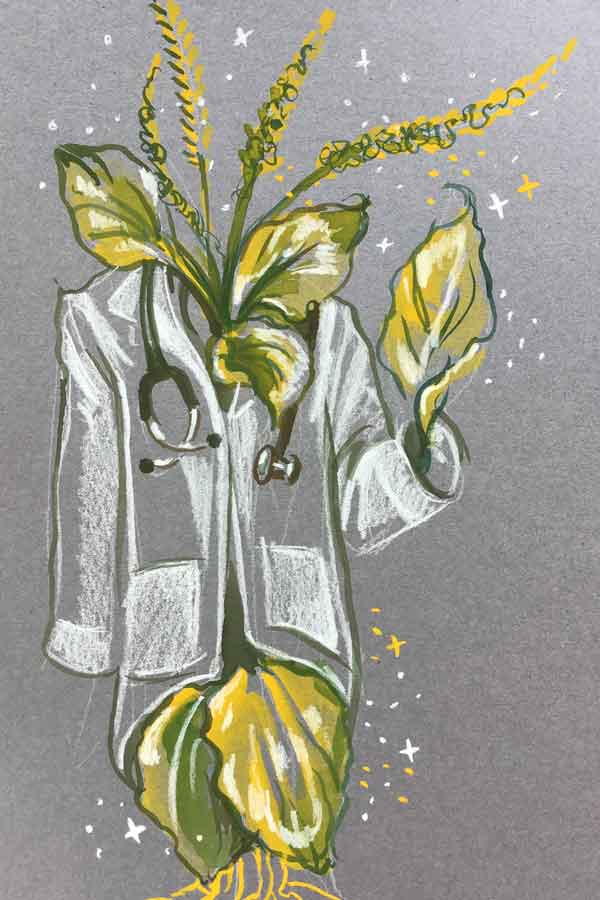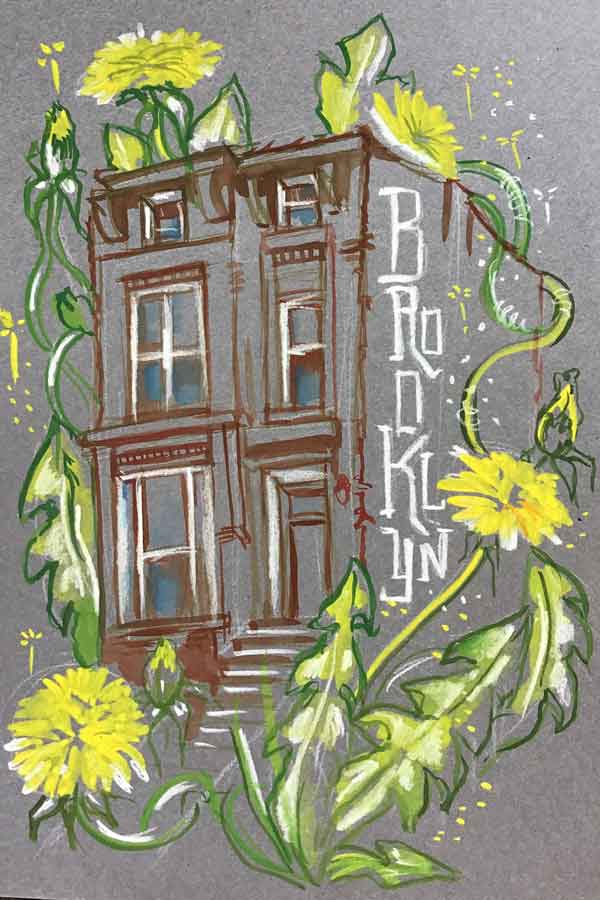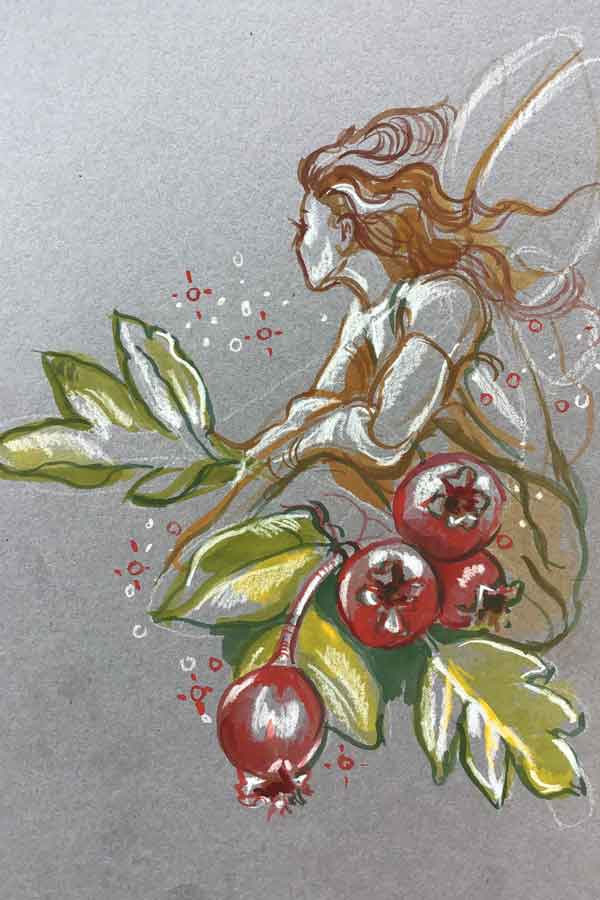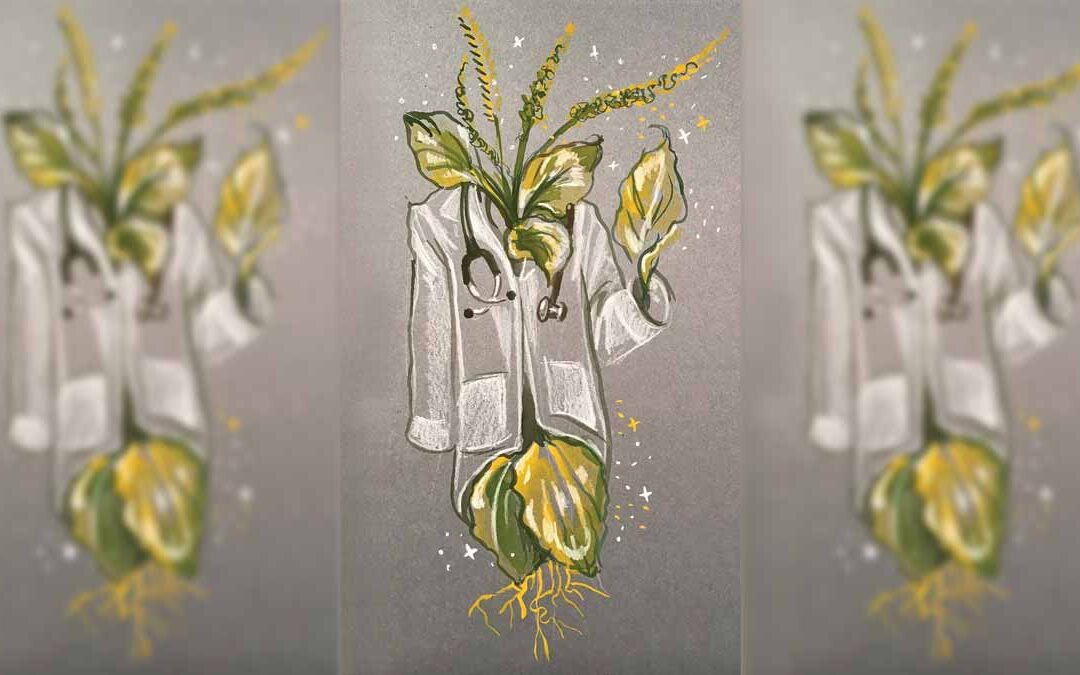
Plant Medicine 101
Plant Medicine 101
LIFESTYLE
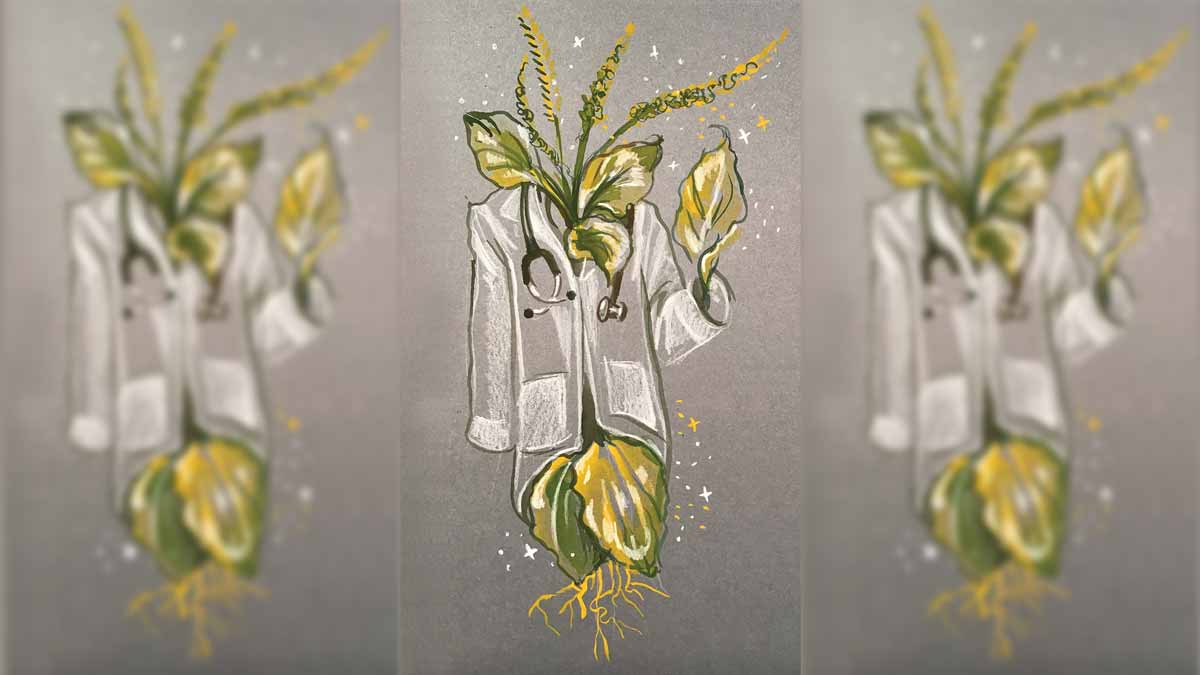
Conscious, direct encounters with nature are not only healing, but can develop our sense of the sacred and deeply affect our lifestyle choices. The path of herbalism has helped me heal on all levels of mind, body and spirit and it’s an honor to facilitate this remembering for others. Just as plants grow in spirals, we heal that way too. When we go inward to uncover the root cause of a mental, physical or emotional challenge and release it, we create space within and expand without. Eventually, we grow stronger and are ready to dive inward again… deeper this time, as we expand further. This journey of depth and expansion goes on and on. Along the way, we create a greater capacity for joy and are healthier for confronting our challenges. In the practice of herbalism, we’re asking for help from nature and there is no better place to begin than in the wild.
So, what is wild? Wild is our true nature freed from the bounds of social conditioning and perceived limitations. Wild is our authentic, natural self. Weeds are the epitome of wild nature. They’re strong, resilient and can’t be controlled. They live with us in rural and urban areas alike, bursting through cracks in concrete and bringing beauty, color and character to otherwise boring lawn. Weeds and wild plants like mugwort, burdock, dandelion, hawthorn and nettles are some of the most powerful guides to our true and wild selves. These guides connect us to the life force energy of earth that is some of the deepest healing we can find.
There are countless medicinal plants in New York City bursting through pavement, reclaiming abandoned lots and populating city parks. Many of my medicinal plant walks take place in Prospect Park in Brooklyn where we find all the plants mentioned above along with Linden, Cleavers, Shepards Purse, Plantain, Yellow Dock, Wild Rose, Raspberry Leaves, Red Clover, Mullein and many more. Meet a few of my favorites living right under your feet:
Mugwort helps us remember and re-wild. The botanical name for this fierce ally is Artemisia Vulgaris, named for the goddess Artemis; the huntress, protector of women, and young and fierce defender of nature. As such, Mugwort holds the boundary between the wild and domesticated self, loosening the stagnant energy of old traumas, stories, and emotions that are blocking access to our body’s innate strength. The silvery back of mugwort’s leaves let us know that this plant is medicine of the moon and womb. Mugwort is famous for helping us heal via the dream realm; moving what is hidden under the realm of conscious awareness into our dreams to confront and heal. This wild healer grows everywhere—through the sidewalks, next to parking meters, in vast fields and the edge of the forest. She is ever present and ready for us to use her medicine.
Mulleinis a biennial plant that helps us stand tall and breathe deeply. The hair on the leaves of the mullein plant can withstand harsh winds, and the second year stalk stands tall in any situation. This plant is an expectorant, helping our lungs in expel mucous by loosening it from the walls of the lungs to be coughed up. You’ll find this plant growing in cities, on mountaintops and in fields, letting us know this is a medicine of adaptability. Mullein helps relieve our joints of tension and inflammation so we can move about the world more freely as we breathe. Though I rarely need to use mullein for asthma now, the tincture or tea is one of the first I’d turn to if I did. This plant is commonly used for hay fever, emphysema, colds, flu, hoarseness, bronchitis,
Hawthorn, a tree in the rose family, is a medicine of the heart. This fiery tree—also known as the May Tree—blooms around the Celtic holiday of Beltane and is steeped in mythology. Many believe these trees are inhabited by Faery Folk. The leaves, flowers, berries, and thorns are all used in medicine to strengthen the heart, normalize blood pressure, offer courage, promote passion and healthy circulation. You’ll find Hawthorn in many aphrodisiacal formulas. In addition to passion and protection with her long, intense thorns, working with Hawthorn helps us see other perspectives and fall more in love with ourselves.
Goldenrodis a beautiful yellow flower lights the way, late summer into autumn as the days become shorter and the nights become longer. This plant, whose botanical name is solidago (“to make whole”), is a medicine of transition, balance and integration. Goldenrod illuminates our path as we embrace change and brings warmth, and sunshine into cold, damp spaces in the body clearing mucus, fungus, unprocessed grief and congestion.
Burdock Root reaches below the surface of the soil, and deep within our bodies to connect us to source energy. Burdock root grounds us, helps the waters of the body flow, supports the livers and nourishes the adrenals. If we want an especially potent root, we’d harvest on the new moon in early spring or autumn when the sky is dark and the energy of the earth sits below the surface.
Elder trees are rich in folklore and have strong regenerative powers, growing easily from cuttings. A potent symbol for the cycle of life, this tree is deeply connected to the realms of faery and the underworld. It is said that sleeping under an Elder at midsummer may transport you to their realm. Many are familiar with Elderberry syrup, an incredible cold and flu remedy that boosts the immune system. Elder flowers help to cleanse the kidneys, blood, and skin by opening up the pores; they are healing allies for sinus issues and hay fever. Both the flowers and berries can be ingested as tea, tincture, and syrups.
Practices to engage:Embodied walks in nature; noticing the patterns of tree bark one day, and the small plants that grow close to the earth, the next. Each day, attune your awareness to something different. Depending on the season, you might look at patterns in flowers, shapes of leaves or the expression of branches. Eventually, allow yourself to be guided to one plant that calls to you, and notice something new about that plant every day. This practice awakens your instinct and ability to relate to the natural world. We can uncover many answers on our own, which is incredibly empowering.
If you’re interested in wildcrafting (harvesting plants from the wild), make sure you’re identifying the plant correctly, are harvesting somewhere safe for you and the population of the plant, and ask permission from the plant before harvesting. This engages your intuition as you approach the plant with reverence. The right way to begin a relationship.
The faster we can understand that we are nature and not separate from the web of life, the better off we’ll be as individuals, and the better off will be our shared home that is this planet. Remembrance and reconnection is a vital aspect of health and the ability to thrive.

